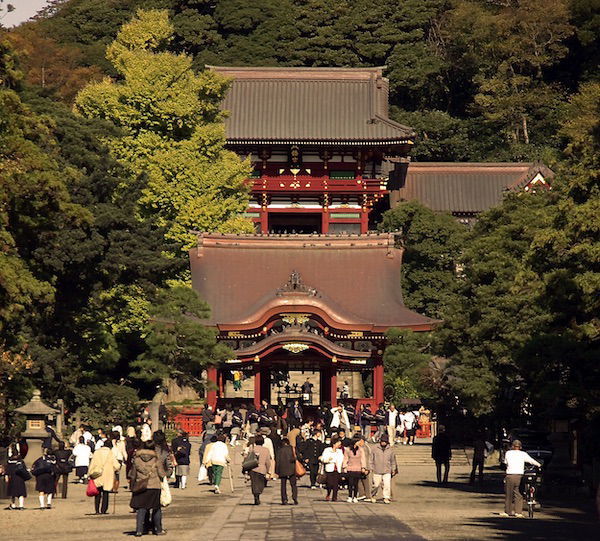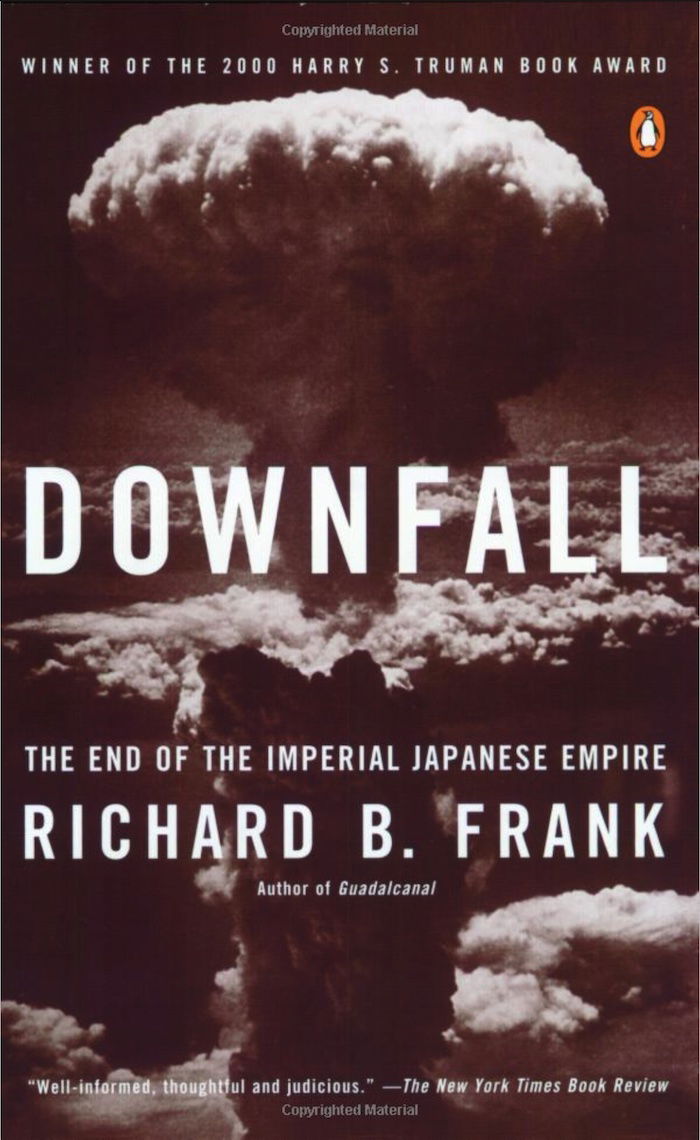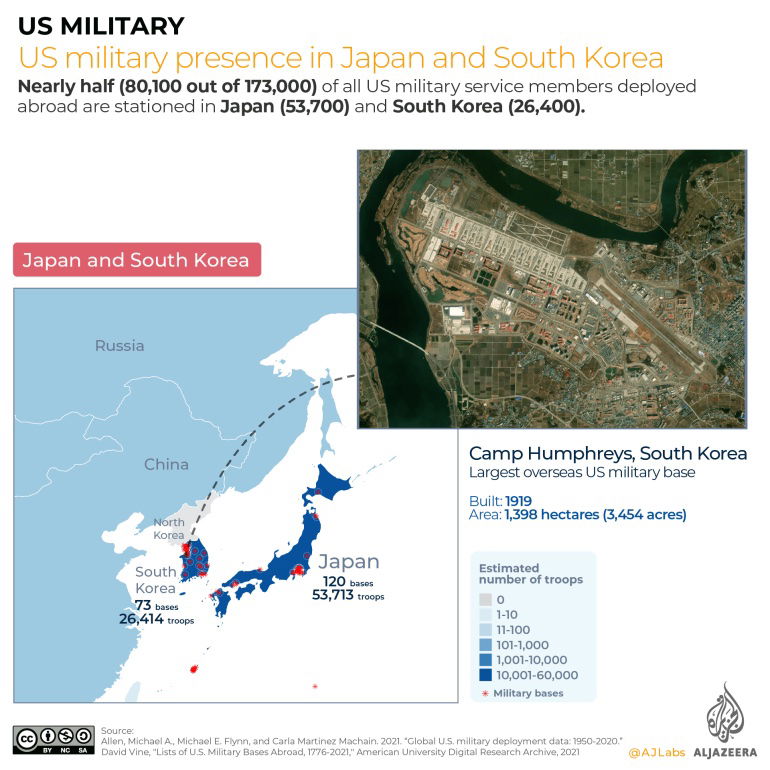IWE Weeks 9-10
INTERNATIONAL WORK ENVIRONMENTS: Monday 4th Period (月)4限
MONDAY 4th period
International Work Environments (Spring 2025)
下記の方法に従うこと
READ THE DIRECTIONS
Complete:IWE Weeks 9-10
|
IWE Class Schedule (Monday) | |
6/16 | Classroom 6009 教室 |
6/23 Special | Classroom 6009 教室 : Special Session (1) 15:20~16:10 Normal IWE Class & Assignment (2) 16:20~18:20 Special Lecture: -16:20~17:00 WWII in East Asia 1937-1941 -17:10~18:20 US-Japan (Pacific) War 1941-1945 (You can join or leave the special sessions anytime.) |
6/30 Kamakura | Web assignment OR Kamakura trip |
7/7 | Classroom 6009 教室 |
7/14 | Classroom 6009 教室 |
FIELD TRIPJune 30 (Monday) 08:45~13:0008:45MEETING LOCATION: PORTA Escalators in Yokohama Station 08:45~13:00鎌倉 | ||
 | KAMAKURA | |
Monday, June 3008:45~13:00This is a short historical tour (on foot) around Kamakura, which was the seat of power in Japan from 1185 to 1333 CE. Anyone can attend, not just my students. You would have to be absent from any classes that day, at least until 13:30. There will be NO IWE 4th period class on June 30. For students who do not come to Kamakura, there will be an Internet (website) assignment for June 30. If you must attend a 3rd period class (from 13:30) on June 30, then you can leave Kamakura by 12:00 and still arrive in time for 3rd period class. Monday, June 30 | ||
SECTIONS 1~3Complete : 提出期限June 22 (9pm) (Sunday) 6月22 日 (22:00) (日) (+1) Point each - submit by 6/19 (木) 22:00 | ||
Organizational psychology | ||
下記の方法に従うこと | ||
 | 1. Psych Safety & Self-Determinationhttps://unconsciousagile.com/2023/05/13/safety-model.html https://unconsciousagile.com/2023/05/21/motivation.html
2. Types of Diversityhttps://hbr.org/2018/05/the-3-types-of-diversity-that-shape-our-identities
3. Solving Workplace Conflictshttps://www.psychologytoday.com/us/blog/confessions-of-a-psychological-first-responder/202405/its-not-me-its-you-solving-workplace
(Assignment) (課題) | |
Special Session:Lecture on the Asia-Pacific WarExtra Class (NOT Required) Monday, June 23 @16:20~17:00 & 17:10~18:206月23日 (16:20) (月) Room 6009 | |
Some students are interested in the Asia-Pacific War (1937-1945). Monday is the only free time to do an extended session like this. Therefore, I will begin Part 1 at 16:20. If that is not convenient, then please join Part 2 from 17:10. There are many possible points to cover, so what are you interested in? | |
Richard Frank is an American historian who specializes in the Asia-Pacific War. He is known for extremely detailed research and writing, relying on evidence available from both Japanese and American archives. Downfall: The End of the Imperial Japanese Empire is the best book I have read about the end of the war, from both Japanese and American perspectives. The book focuses on 1945, discussing in detail the dire situation of Japan and the decisions leading up to the use of the atomic bombs. | Please join me for a special lecture on the history of the Pacific War (1941-1945) and its connection to the China-Japan War (1937-1945). I will cover the primary causes leading up to the war and the most important conclusions, including the use of atomic bombs.PART 1: 16:20~17:00 China-Japan (1937~1941)PART 2: 17:10~18:20 U.S.-Japan (1941~1945)Instructor Theron Fairchild will cover the essential information on this important time in modern Japanese, Chinese, and American history.The session will be in Room 6009, during class on Monday, June 23 from 16:20.Some videos included during sessionSome students have requested a second lecture on the Pacific War. There are many possible points to cover, so what are you interested in? Possibilities: 1. Japan's occupation of Asian regions (occupation, violence, war crimes) 2. Industrial wartime production (population & factories) 3. The U.S. bombing & blockade campaign 4. Atomic Weapons Development & Japan (wartime & afterward) Let me know if any of these interest you, or if you have some other topics that interest you. WWII CasualtiesCasualties in Asia about 35 million total, with Chinese casualties almost 20 million. |
| VIDEO Prewar -Japan: Rise of Ultranationalism -China: Conflict with itself & Japan -USA: American Empire War Factories: -Japan: Mitsubishi Zero -USA: Aviation -USA: Ships Bombing: -U.S. B-29 (Tokyo Raid) War Crimes: -Nanjing Massacre (Rape of Nanking) -Japan: Unit 731 & beyond (Australian news documentary) -Comfort Women: Interview with Ms. Kim Bok-Dong (survivor) -Comparison: Nazi Death Squads (SS Einsatzgruppen) Articles: -Article: Overview of War in Asia -Article: Atomic Narratives (by TF) | |
TOTAL GRADE MondayWeeks 1~8 244 Points Total Assignments & Class Tasks = 244 points Updated 6/9 17:30 ID Number (last 6 numbers) & point total & (%) | ||
4th period - 4限 | ||
| ID 244 (100%) | 492587 235 (96%) | 592520 245 (100%) |
| 202051 209 (86%) | 492603 248 (102%) | 592521 151 (62%) |
| 202243 234 (96%) | 492604 221 (91%) | 592522 104 (43%) |
| 202261 217 (89%) | 492623 226 (93%) | 592526 235 (96%) |
| 301740 242 (99%) | 492624 227 (93%) | 592529 275 (113%) |
| 301770 253 (104%) | 492632 251 (103%) | 592532 246 (101%) |
| 301810 220 (90%) | 592534 253 (104%) | |
| 301865 219 (90%) | 592505 254 (104%) | 592535 257 (105%) |
| 301894 229 (94%) | 592507 208 (85%) | 592536 249 (102%) |
| 302061 205 (84%) | 592511 205 (84%) | 592540 133 (55%) |
| 302070 255 (105%) | 592513 253 (104%) | 592569 202 (83%) |
| 302134 165 (68%) | ||
| 302240 205 (84%) | ||
Mitsubishi UFG Investment Trust (1st ranked S&P500).pdf
Blackrock (iShares) ETFs Tokyo E
iShares (Blackrock) 2257 Corporate bonds J
iShares (Blackrock) 2257 Corporate bonds E





